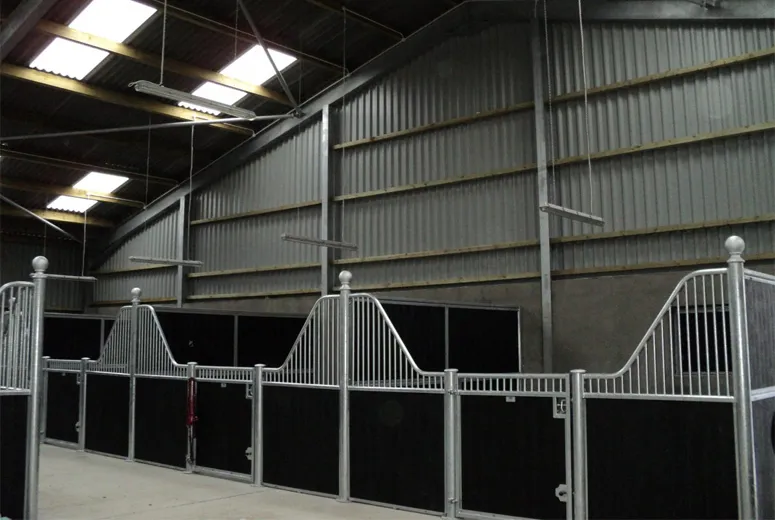- Afrikaans
- Albanian
- Amharic
- Arabic
- Armenian
- Azerbaijani
- Basque
- Belarusian
- Bengali
- Bosnian
- Bulgarian
- Catalan
- Cebuano
- Corsican
- Croatian
- Czech
- Danish
- Dutch
- English
- Esperanto
- Estonian
- Finnish
- French
- Frisian
- Galician
- Georgian
- German
- Greek
- Gujarati
- Haitian Creole
- hausa
- hawaiian
- Hebrew
- Hindi
- Miao
- Hungarian
- Icelandic
- igbo
- Indonesian
- irish
- Italian
- Japanese
- Javanese
- Kannada
- kazakh
- Khmer
- Rwandese
- Korean
- Kurdish
- Kyrgyz
- Lao
- Latin
- Latvian
- Lithuanian
- Luxembourgish
- Macedonian
- Malgashi
- Malay
- Malayalam
- Maltese
- Maori
- Marathi
- Mongolian
- Myanmar
- Nepali
- Norwegian
- Norwegian
- Occitan
- Pashto
- Persian
- Polish
- Portuguese
- Punjabi
- Romanian
- Russian
- Samoan
- Scottish Gaelic
- Serbian
- Sesotho
- Shona
- Sindhi
- Sinhala
- Slovak
- Slovenian
- Somali
- Spanish
- Sundanese
- Swahili
- Swedish
- Tagalog
- Tajik
- Tamil
- Tatar
- Telugu
- Thai
- Turkish
- Turkmen
- Ukrainian
- Urdu
- Uighur
- Uzbek
- Vietnamese
- Welsh
- Bantu
- Yiddish
- Yoruba
- Zulu
ធ្នូ . 21, 2024 23:50 Back to list
Understanding the Cost Factors of Steel Frame Warehouses
In recent years, the demand for efficient, durable, and versatile building structures has increased significantly. Among these, steel frame warehouses have emerged as a popular choice for businesses requiring storage, manufacturing, or distribution spaces. Understanding the cost factors associated with constructing a steel frame warehouse is essential for businesses planning to invest in such facilities.
1. Material Costs
One of the primary factors influencing the cost of a steel frame warehouse is the price of raw materials. Steel prices fluctuate based on various economic factors, including supply and demand, global production levels, and changes in tariffs. As of late 2023, the average cost of structural steel can range anywhere from $900 to $1,800 per ton, depending on the market conditions. Furthermore, decisions regarding the type of steel (carbon steel, stainless steel, etc.) and the grade will directly impact costs.
2. Design and Engineering
The design phase is critical in the overall budgeting of a steel frame warehouse. Hiring architecture and engineering firms to create blueprints that meet safety standards, zoning laws, and specific business needs can be costly. Complex designs that incorporate features such as multi-story setups or specialized loading docks require advanced engineering and can substantially increase expenses. Typically, design and engineering costs can range from 5% to 15% of the total construction budget.
3. Labor Costs
Labor costs are another significant factor when calculating the total expense of building a steel frame warehouse. These costs vary by region, availability of skilled labor, and the duration of the project. In areas with a labor shortage, wages can be higher, while in more populated regions, competitive rates may help to keep costs down. On average, labor costs could account for 30% to 50% of the total construction costs. Efficient project management and robust scheduling are essential to minimize labor expenses.
4. Foundation and Site Preparation
steel frame warehouse cost

Before construction can begin, adequate site preparation is necessary. This often involves clearing the land, grading, and laying a solid foundation capable of supporting the steel frame structure. The costs associated with these processes depend on the terrain and local regulations. For instance, a flat site might require minimal grading, while a sloped or rocky area could escalate site preparation costs significantly. Foundation costs typically add 10% to 15% to the total budget.
5. Utilities and Infrastructure
Steel frame warehouses must also be equipped with essential utilities such as electrical systems, plumbing, and HVAC. The complexity and extent of these systems will impact the overall cost. Installation can vary greatly depending on the warehouse purpose. For instance, warehouses needing refrigeration will incur higher utility costs due to specialized systems. Typically, expect to invest around 15% to 25% of your total budget on utility installations.
6. Permits and Legal Fees
Navigating the regulatory environment is crucial when constructing a new facility. Permits and legal fees can add to the initial investment. These costs vary based on local laws and the scope of the project. It is advisable to factor in around 2% to 5% of the total construction costs for permits and zoning approvals.
7. Maintenance and Lifecycle Costs
While the initial cost of constructing a steel frame warehouse is critical, it's essential to consider long-term maintenance and lifecycle costs. Steel is known for its durability; however, appropriate care is necessary to prevent rust, corrosion, and structural degradation. Regular maintenance can prolong the lifespan of the structure and minimize repair expenses in the future.
Conclusion
In summary, constructing a steel frame warehouse is a multifaceted investment that involves careful financial planning and consideration of various factors, including material and labor costs, design complexity, and ongoing maintenance needs. By understanding these components, businesses can make informed decisions, ensuring that their investment results in a robust building tailored to their operational requirements. Ultimately, a steel frame warehouse offers flexibility and longevity, making it a worthwhile consideration for modern enterprises.
-
Cold Formed Steel Residential Framing
NewsMay.21,2025
-
Innovative Steel Structure Building Solutions
NewsMay.19,2025
-
Innovative Prefab Metal Shed Solutions
NewsMay.19,2025
-
Durable Steel Horse Shelter Solutions
NewsMay.19,2025
-
Durable Metal Shed Solutions
NewsMay.19,2025
-
Durable Big Metal Shed Solutions
NewsMay.19,2025
Products categories
Our Latest News
We have a professional design team and an excellent production and construction team.












